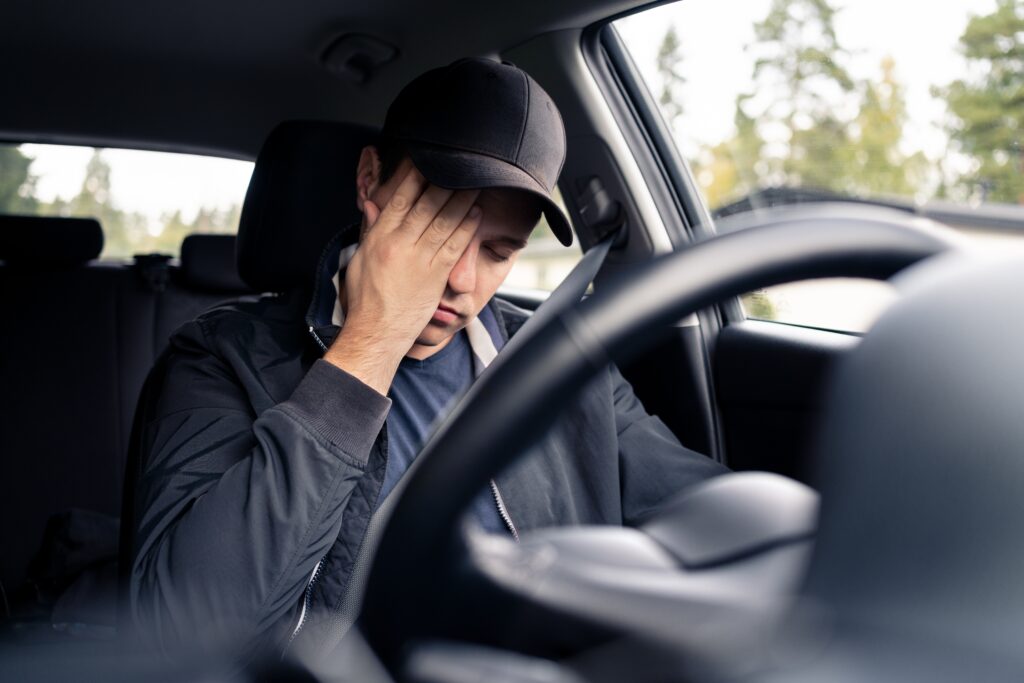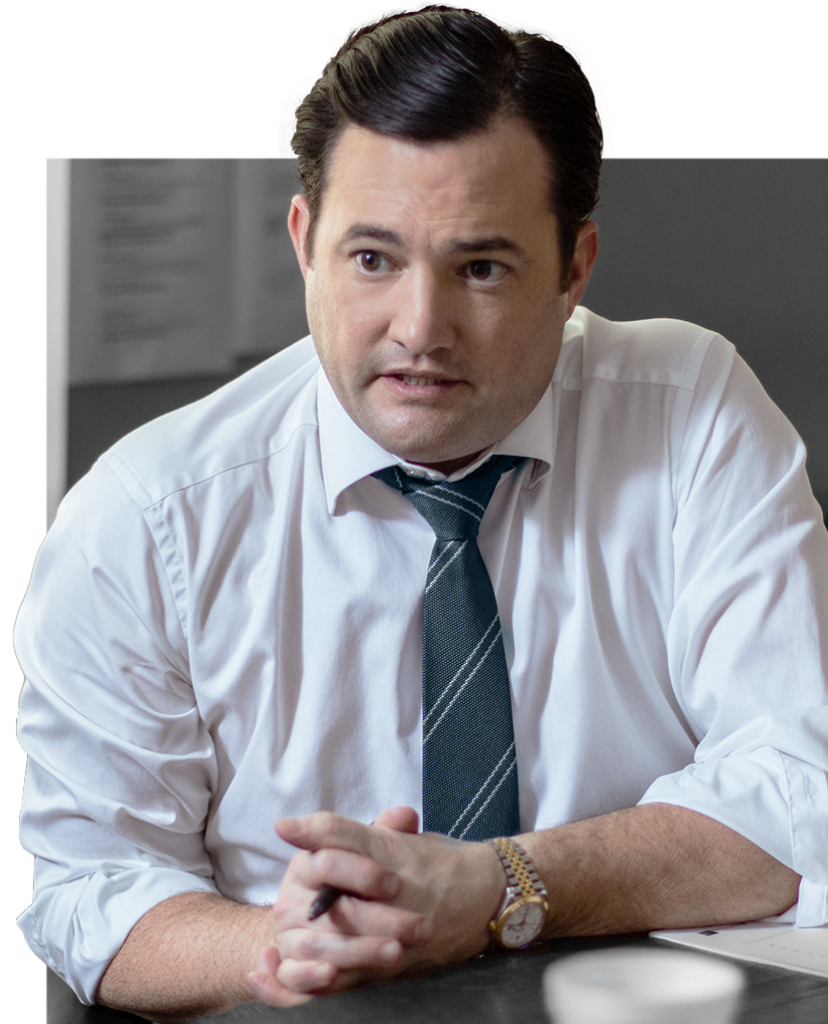People who drive while they are sleepy put themselves and everyone around them at risk. In 2021, 683 people lost their lives because of drowsy driving. The average person knows that drowsy driving, also called sleep-driving, is dangerous. But some may not understand how risky it is. We answered some common questions about drowsy driving.
What Are the Dangers of Drowsy Driving?
Drowsy driving poses several risks to both the driver and other road users. Here are some of the dangers.
Impaired Cognition and Performance
Driving while you are sleepy can affect your cognition. Several reports have shown that the effect of sleepiness on driving is similar to that of drunk driving. A person who drives after 24 hours of going without sleep is similar to a person with a blood alcohol concentration of 0.10%, which is higher than the US legal limit of 0.08%. This can result in the driver having a slow response time, decreased alertness and attention, and impaired decision-making. All these factors increase the risk of car accidents.
Microsleeps
Drowsy drivers may experience brief episodes of microsleep, where they unintentionally fall asleep for a few seconds. During these episodes, the driver is unconscious and unaware of their surroundings, which poses a high risk of accidents. In a Centers for Disease Control (CDC) survey, one in 25 adult drivers said they had fallen asleep while driving in the last 30 days.
Poor Coordination and Control
Lack of sleep can affect a driver’s motor skills and coordination. Drowsy drivers may have difficulty maintaining proper control of their vehicles. This could result in swerving, erratic driving, or drifting into other lanes.
Road Crashes
Drowsy driving causes road crashes, leading to the loss of lives, physical injuries, and property damages. The National Highway Traffic Safety Administration (NHTSA) estimates thatin 2017, 91,000 crashes involved drowsy driving, leading to 50,000 injuries and nearly 800 deaths. However, both the NHTSA and the CDC state that this is an understatement, and the number could be 6,000 fatalities per year.
What Are the Danger Signals of Drowsy Driving?
If you notice any of these, it could be a sign that you are too drowsy to drive:
- Frequent yawning
- Feeling you’re about to doze off
- Unable to recall driving recent miles
- Tired eyes, droopy eyes, or blinking repeatedly
- Drifting into other lanes
- Following other cars too closely
- Missing a road sign or exit
- Struggling to maintain proper speed
Who Is Most at Risk of Drowsy Driving?
The following categories of people are more likely to drive sleepily:
- Teen and young adult drivers: Teenagers are more likely than adults to lack adequate sleep.
- Drivers who drive at certain times: Drivers on the road between midnight and 6 a.m. or in the later afternoon are more at risk. This is when most people naturally want to sleep.
- Drivers who don’t get enough sleep: If you didn’t get enough sleep the previous night for any reason, it puts you at risk.
- Commercial truck drivers: Many commercial drivers are not paid by the hour but per delivery, and they work under tight schedules. Because of this, they routinely work long, tiring hours.
- Shift workers: People who work jobs that involve shifts often work long hours, and are usually exhausted when they get off work. Nurses, doctors, firefighters, and pilots are at-risk workers.
- People with untreated sleep disorders: Drivers who have sleep disorders, such as insomnia or sleep apnea, are more at risk of drowsy driving.
- Drivers who use sleep-inducing medicines: People taking medications that cause drowsiness are at risk. The Food and Drug Administration has a list of drugs that don’t mix well with driving.
How Can I Prevent Drowsy Driving?
The NHTSA provides the following tips on how to prevent drowsy driving:
- Get enough sleep every day. It’s the only real way to protect yourself from the risks of driving when you’re sleepy. The American Academy of Sleep Medicine recommends that adults need seven or more hours of sleep per night to be well-rested.
- Get a good night’s sleep the night before you embark on a long trip.
- Advise your teens not to drive until they’re well-rested.
- Avoid alcohol consumption before driving. Alcohol can make you feel sleepy, which will increase drowsiness and impairment.
- Check your prescription and over-the-counter medication labels to see if drowsiness is one of their side effects.
- If you take medications with drowsiness as a side effect, use public transportation when possible.
- Avoid driving during the peak sleepiness periods (midnight to 6 a.m. and late afternoon). If you must drive during these periods, stay alert for signs of drowsiness.
Are There Legal Consequences for Drowsy Driving?
As of November 2023, only two states — Arkansas and New Jersey — have laws that specifically penalize drowsy driving. Under New Jersey’s “Maggie’s Law,” enacted in 2003, drivers can be prosecuted for vehicular homicide if they have not slept in 24 hours and they cause a fatal crash.
Arkansas has a similar law, where drivers can be charged with negligent homicide if they cause a fatal crash after they haven’t slept in 24 hours.
What Should I Do if I Was Hit by a Drowsy Driver?
Proving the driver that hit you was sleep-driving is not as straightforward as when you’re hit by a drunk driver, as there are no tests for sleepiness. Do the following if you suspect that you were hit by a drowsy driver:
- Recall and record driver actions before and after the crash: Take note of any actions that indicate the driver was drowsy. For example, driving too fast or too slow or running a red light. Also, note anything the driver said after the crash that may suggest they were drowsy driving. This includes statements like, “I just finished a long shift” or, “I’m on a medication that makes me tired.” Inform the police if they arrive at the scene, and record it in your journal.
- Take pictures: Take photos of the accident scene. This will help to prove the accident and the extent of your losses.
- Go to the hospital: Visit the hospital and get a medical report, even if your injuries seem slight. This can be crucial later to prove your injuries.
- Contact a car accident lawyer: A car accident lawyer can help you file a personal injury case against the drowsy driver and recover compensation.
SOURCES:
CDC: NIOSH Training for Nurses on Shift Work and Long Work Hours
CDC: Drowsy Driving: Asleep at the Wheel
FDA: Some Medicines and Driving Don’t Mix
American Academy of Sleep Medicine: Seven Or More Hours Of Sleep Per Night: A Health Necessity For Adults









